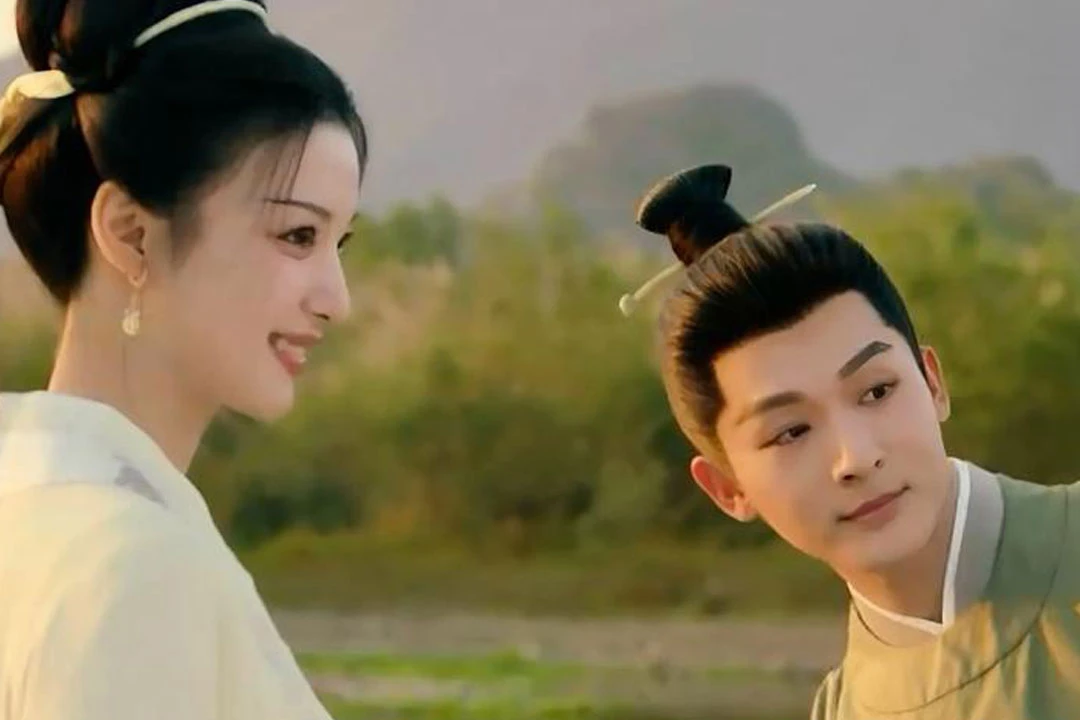Beauty and Brains: How "The Tale of Liuzhou" Redefines Power Couples in Period Dramas
In recent years, Chinese period dramas have often found themselves at a crossroads, struggling to balance audience expectations with meaningful storytelling. Many productions have either leaned heavily on the "damsel in distress" trope or swung to the opposite extreme with revenge-driven, reborn heroines. However, "The Tale of Liuzhou" (柳舟记) has emerged as a breath of fresh air in this landscape, offering viewers the rare treat of a truly balanced power couple in a historical setting.
At the heart of "The Tale of Liuzhou" lies the dynamic between Zhang Wanyi's (张晚意) cunning prince, Cui Xingzhou, and Wang Churan's (王楚然) multifaceted heroine, Liu Mentang (柳眠棠). This pairing represents a significant departure from the typical romantic leads seen in costume dramas. Cui Xingzhou is not merely a dashing hero but a complex character with his own ambitions and schemes. His storyline, which involves both military campaigns and court intrigue, provides ample opportunity for Zhang Wanyi to showcase his acting prowess.
Zhang Wanyi brings a commanding presence to the role, effortlessly conveying the prince's noble bearing and strategic mind. Even in moments of danger, his portrayal exudes a sense of control and aristocratic charm that captivates the audience. This performance adds depth to the character, making him more than just a romantic interest but a formidable player in his own right.
Wang Churan: The Rising Star Breathing New Life into Historical Heroines
However, it's Wang Churan's portrayal of Liu Mentang that has truly captured viewers' attention. Her character's journey from amnesiac bride to revealed bandit leader demands a wide range of emotional and physical performances, which Wang delivers with remarkable skill. In scenes where Liu Mentang embraces her role as a newlywed, Wang conveys a natural warmth and affection that feels genuine rather than affected. Yet, when the character's true identity emerges, she seamlessly transitions into a formidable leader with a steely gaze and commanding presence.
What sets Wang Churan's performance apart is her ability to layer these different aspects of Liu Mentang's personality. In business negotiations, she portrays a woman of keen intellect and subtle strategy, winning deals with a disarming smile and sharp wit. This multifaceted approach to the character elevates Liu Mentang beyond the typical female lead in period dramas, making her a true equal to her male counterpart.
The chemistry between Zhang Wanyi and Wang Churan is palpable, creating a relationship dynamic that feels both adversarial and deeply romantic. Their interactions are charged with tension, whether they're allies or opponents, adding an extra layer of intrigue to the plot. This balanced portrayal of a power couple is something that audiences have been craving, offering a refreshing alternative to the often one-sided relationships seen in many costume dramas.
Beyond the performances, "The Tale of Liuzhou" also stands out for its production values. The series' cinematography and costume design work in harmony to create a visually stunning world that enhances the storytelling. Particularly noteworthy are the scenes featuring Wang Churan, where careful lighting and camera work accentuate her beauty in a way that supports the narrative without feeling gratuitous.
The importance of casting actors who can embody both the physical and emotional aspects of their characters cannot be overstated in period dramas. "The Tale of Liuzhou" succeeds where others have faltered by ensuring that its leads are not only talented performers but also visually suited to their roles. This attention to detail helps maintain the audience's suspension of disbelief, allowing them to fully immerse themselves in the historical setting.
However, the success of "The Tale of Liuzhou" also highlights a persistent issue in the genre: the overemphasis on physical appearance at the expense of character development. While the series manages to strike a balance, many other period dramas continue to prioritize looks over substance, leading to a disconnect between the story's requirements and the on-screen reality.
As the industry moves forward, it's crucial for producers and casting directors to recognize that true audience engagement comes from a combination of compelling storytelling, strong performances, and appropriate casting. "The Tale of Liuzhou" serves as a prime example of how these elements can come together to create a series that appeals to viewers seeking both visual beauty and narrative depth.
"The Tale of Liuzhou" represents a significant step forward for Chinese period dramas. By offering a balanced portrayal of its lead characters, backed by strong performances and high production values, the series sets a new standard for the genre. As audiences continue to crave more sophisticated storytelling, it's likely that future productions will look to "The Tale of Liuzhou" as a model for creating engaging, visually appealing, and emotionally resonant historical dramas.
The success of this series proves that there is still plenty of life left in the costume drama genre, provided that creators are willing to evolve and meet the changing tastes of their viewers.



